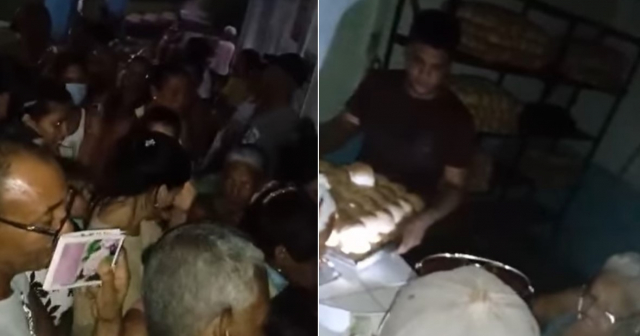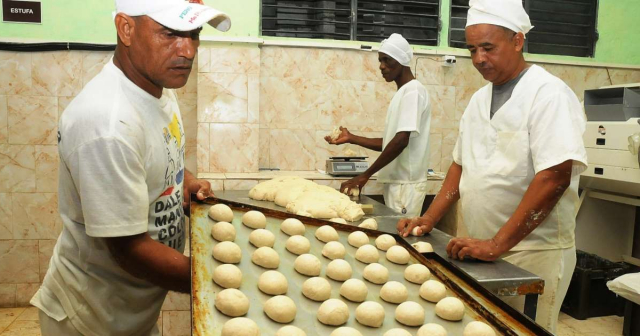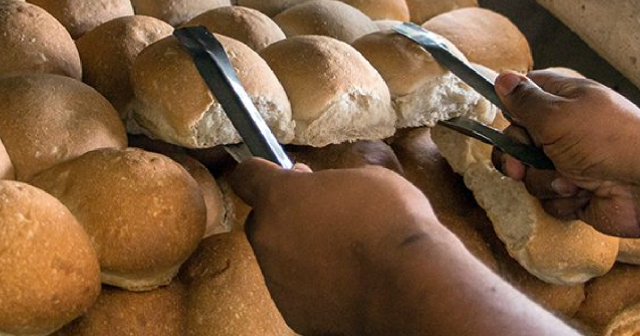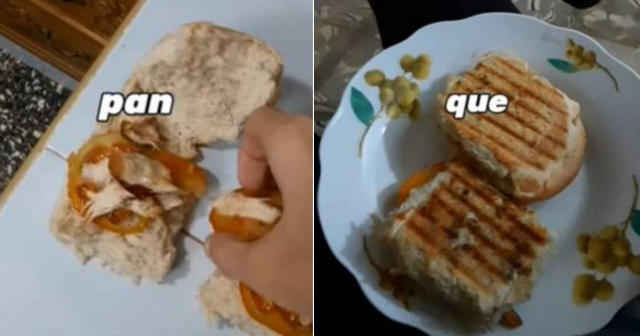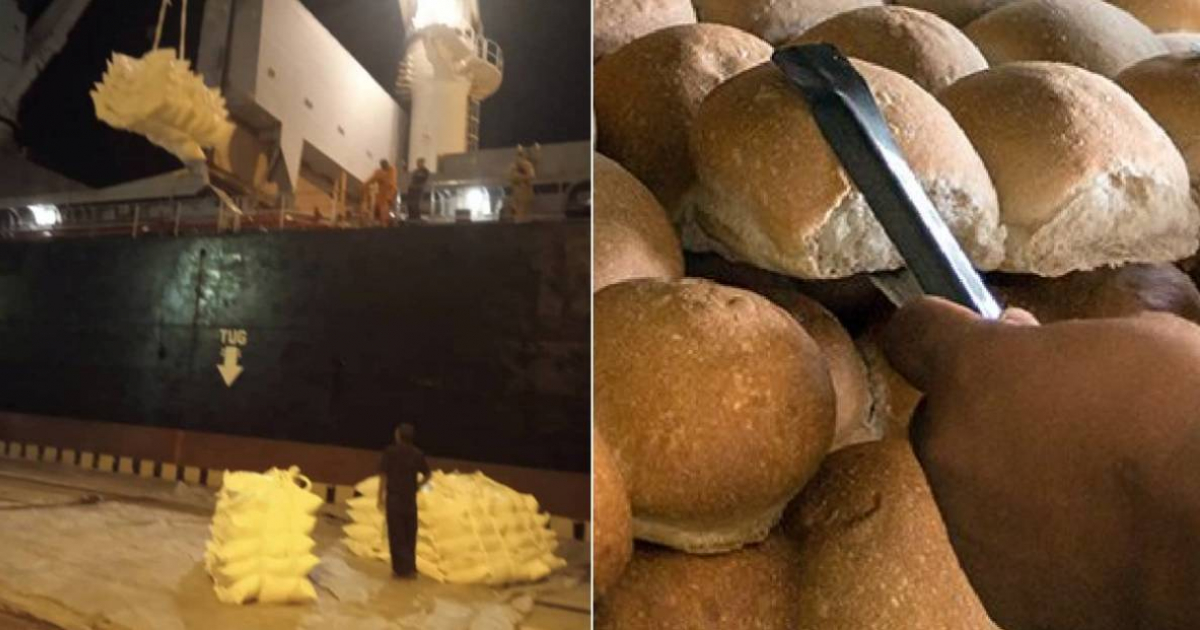
The official information aboutbread crisis in Cuba It's confusing. The population does not understand how it is possible that the government ensures that it has wheat flour in the ports, while the supply of the regulated product in state bakeries is almost zero.
On April 7, the regime reported that it was unloading tons of wheat in Havana.Alberto Lopez Diaz, Minister of the Food Industry shared some data on social networks.
"In the next few hours a boat will arrive withmore than 20 thousand tons of wheat which will allow the mills of the capital and Santiago de Cuba to be put into operation. The commitment made by the presidentMiguel Diaz-Canel is guaranteed," López said.
Several days have passed andstandardized bread production, for sale to the most vulnerable population, has not managed to stabilize in the country even though the official press says otherwise.
On Monday, after weeks without a daily supply of bread through the book, the government announced the restart of the distribution of the product from the family basket in Villa Clara and Matanzas.
However, Cubans assure that there are places where the situation with bread has not yet returned to normal.
"I would like someone to tell me in which province this is because in Pinar del Río only in the towns is bread from the basic basket distributed. Not in the countryside, rural people do not have the right to eat bread," said a person in social networks.
"In my town, Jicotea, in Villa Clara, the bread remains the same, scarce, bad and made from pumpkin," said one user and another pointed out: "All that (tons of wheat) stays in Havana as always, the children of the provinces will continue to leave for schools without having breakfast.
The official press and local governments diverted their attention towards the distribution of another product that was also in short supply and had Cubans in tension:Rice.
Since last week the government promised to give the population aextra kilogram of rice, by the supply book, during the months of April and May.
The sale of standardized rice has already begun in some territories of the country, especially in the capital. This rice arrived in Cuba in several donations, mainly from China and Vietnam.
The Asian giant promised 408 tons, destined to mitigate the food shortage suffered by the Cuban population. The donation is part of a larger batch of20,408 tons of rice, which will be transported both by air and by sea throughout 2024.
The first shipment, of 68 tons of rice, arrived by air last Wednesday to Havana, through the José Martí international airport. That rice is being distributed, but thealleged tons of wheat They are not yet noticed in the bakeries of Cuba.
In many provinces of Cuba theshortage of standardized bread It is such that the government only sells it on alternate days to certain population groups, such as children under 13 years of age and adults over 65.
The regime claims that it can guarantee this product for all Cubans, but it cannot do so.
What do you think?
COMMENTFiled in:


